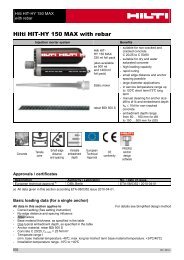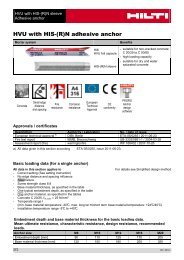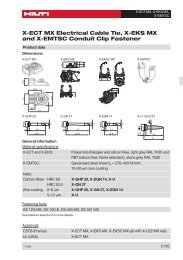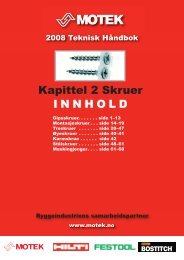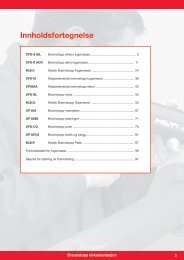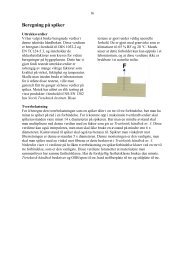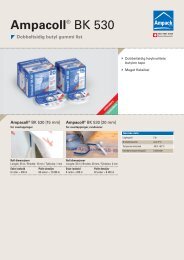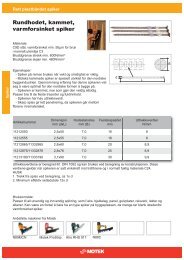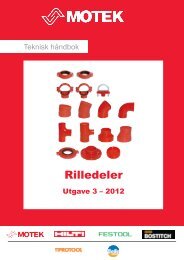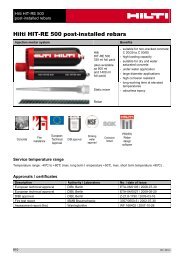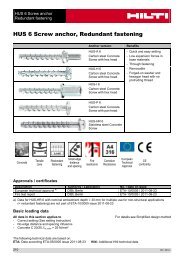Hilti HIT-HY 150 MAX post-installed rebars - coBuilder
Hilti HIT-HY 150 MAX post-installed rebars - coBuilder
Hilti HIT-HY 150 MAX post-installed rebars - coBuilder
Create successful ePaper yourself
Turn your PDF publications into a flip-book with our unique Google optimized e-Paper software.
<strong>Hilti</strong> <strong>HIT</strong>-<strong>HY</strong> <strong>150</strong> <strong>MAX</strong><br />
<strong>post</strong>-<strong>installed</strong> <strong>rebars</strong><br />
Basic design data for rebar design according to rebar ETA<br />
Bond strength in N/mm² according to ETA 08/0202 for good bond conditions<br />
for all drilling methods<br />
Rebar (mm)<br />
Concrete class<br />
C12/15 C16/20 C20/25 C25/30 C30/37 C35/45 C40/50 C45/55 C50/60<br />
8 - 24 1,6 2,0 2,3 2,7 3,0 3,4 3,4 3,4 3,7<br />
25 1,6 2,0 2,3 2,7 3,0 3,4 3,7 3,7 3,7<br />
Pullout design bond strength for Hit Rebar design<br />
Design bond strength in N/mm² according to ETA 08/0352 (values in table are<br />
design values, fbd,po = τRk/γMp<br />
Hammer or compressed air drilling. Uncracked concrete C20/25.<br />
temperature<br />
Bar diameter<br />
range 8 10 12 14 16 20 22 24 25<br />
I: 40°C/24°C 5,3 6,3 5,3<br />
II: 80°C/50°C 4,4 5,3 4,4<br />
III: 120°C/72°C 2,8 3,3 2,8<br />
Hammer or compressed air drilling. Cracked concrete C20/25.<br />
temperature<br />
Bar diameter<br />
range 8 10 12 14 16 20 22 24 25<br />
I: 40°C/24°C - 3,7 4,0 3,3<br />
II: 80°C/50°C - 3,0 3,3 3,7 4,0 3,3<br />
III: 120°C/72°C - 2,0 2,3 2,2<br />
Increasing factor in non-cracked concrete: f B,p =(f cck /25) 0,1 (f cck : characteristic compressive strength on cube)<br />
Additional <strong>Hilti</strong> Technical Data<br />
Reduction factor for splitting with large concrete cover: δ = 0,306<br />
842<br />
09 / 2012




